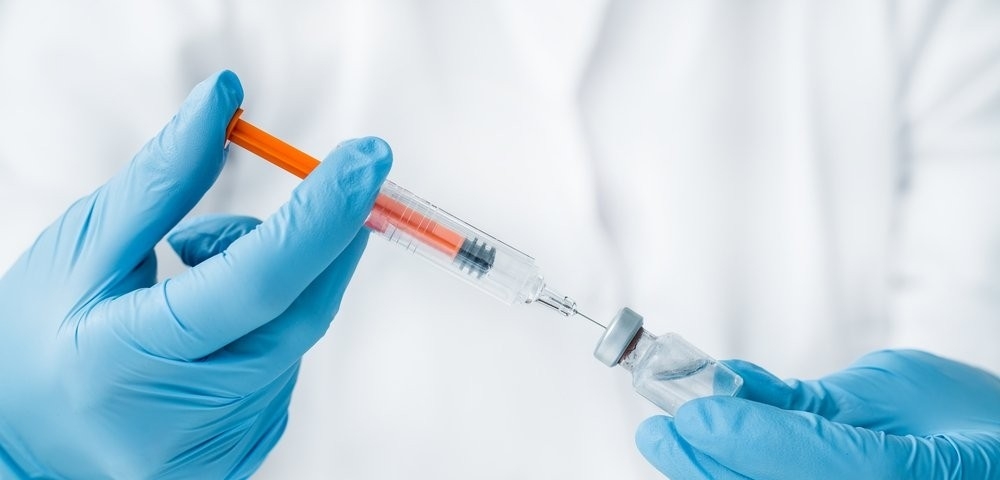What is Polio?
Polio is a highly infectious viral disease that mainly affects young children. The virus is transmitted from person to person, typically through contaminated hands, drinking water, or food. In about 0.5% of cases, the virus enters the central nervous system and causes paralysis. While paralysis is often permanent, patients who survive usually regain normal muscle function. There is no cure for polio infection, making vaccination the primary method of prevention.
History of Polio Vaccines
The first polio vaccines were developed in the 1950s. In 1952, there was one of the worst polio outbreaks in the United States, with nearly 58,000 cases reported. Jonas Salk then developed the first safe and effective vaccine against the disease using an inactivated poliovirus. The Salk vaccine, also known as the inactivated poliovirus IPV Vaccines (IPV), helped reduce polio cases in the United States by 85% within the first year of its use.
Later in the 1960s, Albert Sabin developed an oral polio vaccine (OPV) using live but weakened, or attenuated, virus strains. The OPV had some advantages over the IPV as it could be administered orally instead of via injection. It also provided intestinal immunity that helped prevent virus shedding and circulation. Both vaccines were initially used worldwide as part of the global effort to eradicate polio.
How IPV Vaccines Work
IPV vaccines contain inactivated poliovirus strains of all three serotypes—Types 1, 2 and 3. During manufacturing, the live polioviruses are cultivated in cell cultures and chemically inactivated using formaldehyde. This process kills the viruses without destroying their ability to induce an immune response.
When an IPV shot is administered, the inactivated virus particles stimulate the body's immune system to produce antibodies against polio without causing the disease. If a vaccinated person later comes in contact with "wild" or naturally occurring poliovirus, their body is prepared to quickly fight off the infection and prevent disease progression. IPV provides close to 100% protection against disease from the three poliovirus types contained in the vaccine.
IPV Vaccination Schedule
The CDC and WHO recommend that all children receive four doses of IPV as part of their routine immunization schedule. The first three doses are recommended at 2 months, 4 months and between 6 to 18 months of age to help establish peak levels of protective antibodies. A fourth booster dose is provided between 4 to 6 years of age to extend immunity.
Additional doses may be administered in countries with ongoing polio transmission or during outbreaks. IPV is also given to previously unvaccinated older children and adults who are at high risk of exposure through travel to endemic regions. The vaccine is very safe and side effects are usually mild, consisting of soreness at the injection site. IPV does not contain live viruses and cannot cause vaccine-associated paralytic poliomyelitis.
Global Polio Eradication Efforts
In 1988, the Global Polio Eradication Initiative was launched by national governments and partner organizations including WHO, Rotary International, CDC and UNICEF. The goal was to use OPV and IPV vaccines to stop all wild poliovirus transmission worldwide. Significant progress has been made with polio cases declining by over 99% since the 1980s.
As of 2021, polio remains endemic only in Afghanistan and Pakistan. However, several African countries experienced concerning outbreaks in recent years due to gaps in immunization coverage and vaccine derived strains. Countries continue intensive vaccination campaigns using both OPV and IPV to maintain population immunity levels able to interrupt virus transmission. Once eradication is certified, the world will transition to using only IPV vaccines in routine immunization programs for sustained protection.
Benefits of Continued IPV Use Post-Eradication
While the main goal now is eradication using available vaccines, IPV will play an essential long-term role once polio is no longer circulating naturally. IPV induces robust immunity against all three serotypes without risk of vaccine strain emergence. It provides the only protection against Type 2 polio, as that strain has already been eradicated and is no longer part of trivalent OPV formulations.
Continued IPV vaccination after the stop of OPV use as recommended by WHO helps maintain population immunity at protective levels if any remaining polioviruses were to reemerge. It also prevents potential vaccine derived outbreaks from rare live poliovirus vaccine strains. Sustained IPV use ensures global gains from polio eradication efforts are maintained and no child is at future risk of paralytic disease even after polio eradicates.
Get more insights: IPV vaccines
Explore more article: Dental Implants Market
About Author:
Money Singh is a seasoned content writer with over four years of experience in the market research sector. Her expertise spans various industries, including food and beverages, biotechnology, chemical and materials, defense and aerospace, consumer goods, etc. (https://www.linkedin.com/in/money-singh-590844163)



